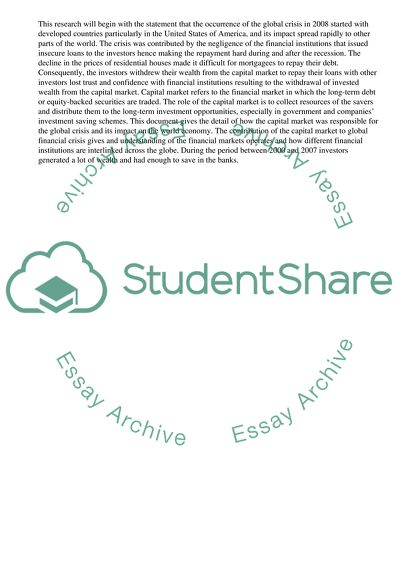Cite this document
(“How capital markets led to the new economy bubble and the banking Essay”, n.d.)
How capital markets led to the new economy bubble and the banking Essay. Retrieved from https://studentshare.org/management/1633802-critically-discuss-the-view-that-capital-markets-created-the-conditions-that-led-to-the-new-economy-bubble-and-the-banking-crisis
How capital markets led to the new economy bubble and the banking Essay. Retrieved from https://studentshare.org/management/1633802-critically-discuss-the-view-that-capital-markets-created-the-conditions-that-led-to-the-new-economy-bubble-and-the-banking-crisis
(How Capital Markets Led to the New Economy Bubble and the Banking Essay)
How Capital Markets Led to the New Economy Bubble and the Banking Essay. https://studentshare.org/management/1633802-critically-discuss-the-view-that-capital-markets-created-the-conditions-that-led-to-the-new-economy-bubble-and-the-banking-crisis.
How Capital Markets Led to the New Economy Bubble and the Banking Essay. https://studentshare.org/management/1633802-critically-discuss-the-view-that-capital-markets-created-the-conditions-that-led-to-the-new-economy-bubble-and-the-banking-crisis.
“How Capital Markets Led to the New Economy Bubble and the Banking Essay”, n.d. https://studentshare.org/management/1633802-critically-discuss-the-view-that-capital-markets-created-the-conditions-that-led-to-the-new-economy-bubble-and-the-banking-crisis.


